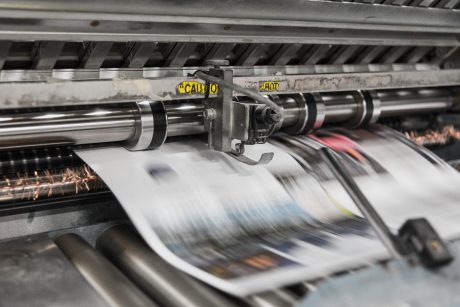
By Bob Jennings of TaxSpeaker
In the same vein as with printers, in today’s technologically based office every home office and workstation must have a quality, high-speed scanner. The scanner should offer duplex scanning, instant compatibility with PDF programs, have a small desktop form factor, and last for many years.
We have always used and recommended the Fujitsu FI-6130 or its latest version, the Fi-7160. These meet (and exceed) all of our requirements, but at $900 roughly per scanner, their price has made them somewhat non-competitive, even though these are bullet-proof scanners that will outlast your computers. We recently bought 6 “refurbished” FI-6130’s from Amazon for $259.00 each and they are all working fine.
There are three big questions to answer regarding scanning: when to scan; what to scan; and who should scan. After 25 years of doing this in my office we have changed several times, as we learn and adapt to new and more efficient methods of tax preparation and working.
One of the most pressing concerns in every tax office is the inability to find and hire tax professionals. We decided a few years ago that maybe we should try something else. In examining the way a tax return is prepared, fully 30-50% of the preparation time involved in an average return was to input data from a box on 1 raw data form (like a W-2) to a box in the tax software (like a W-2 input screen). We did not need a tax professional to do this, we needed a smart software to somehow get the image off the piece of raw data paper directly to the tax software. To do that it seemed like we needed a real good scanner, combined with some good software (called optical character recognition or OCR software) that recognized the form and box the data came from and transferred it to the same input box and form.
Over the years we have tested several OCR programs from various tax software providers, without any practical results. As many of our technology seminar attendees know, two years ago we tested, and began using a software called Gruntworx. (We do not get a commission or free software from Gruntworx). Let’s make it simple, we use and strongly recommend Gruntworx for offices that use any tax software supported by Gruntworx, and once again we receive no commissions or free products from them!
Using Gruntworx, which is a powerful, tax-oriented OCR software, we found the ultimate bridge. This software uses your client’s raw data, your scanner, and its processing features to take a picture of the forms in a PDF format, organize them, bookmark them and then export the raw data back to you for a final review of the data, before you then push the button to populate the data directly into the client data file. We are finding 90-95% accuracy. The software will export data off of most common forms including W-2, 1099-R, K-1 and 1098. It will not export data off of other forms, but it will image, organize and bookmark client data forms in your support package.
What many preparers do not seem to realize is that this entire function can be performed by someone who is an untrained clerical person. No tax knowledge is required. By transferring scanning to this person, all three questions are answered. The clerical person performs the scanning, of everything, when it comes into the office. If more forms come in Gruntworx allows you to easily add them to the original, organized PDF.
